Gardening is an incredibly rewarding and therapeutic activity that many people enjoy. It allows us to connect with nature, get our hands dirty, and be creative. But before you can start gardening, you need to understand the basics of garden soils. Garden soils are made up of different components that together create a balanced and healthy environment for plants to thrive.
In this article, we'll explore the basics of garden soils, from soil types and components to how to prepare and enrich your soil for successful gardening. With these tips and tricks, you'll be able to create a healthy environment for your plants and reap the rewards of beautiful blooms and bountiful harvests. Gardening is a fun and rewarding activity, but it is important to understand the basics of gardening with garden soils. Garden soils provide essential nutrients for plants and can help them thrive in different types of climates and weather conditions. In this article, we will explore the basics of gardening with garden soils, including how to choose the right type for your garden and how to use it correctly. It is important to understand the types of soil available and how they are best used for different types of plants.
The most common type of soil is loam soil, which is a combination of clay, sand, and silt. Loam soils are good for most types of plants and are very fertile. Clay soil is also common and is good for plants that need good drainage, while sandy soils are great for plants that need more moisture. It is also important to understand that different types of soil have different pH levels, so it is important to understand which type of soil is best suited for your particular type of plant. The next step in understanding gardening with garden soils is understanding how to use the soil correctly.
The most important thing is to make sure that the soil is properly aerated and has good drainage. This will help ensure that water and nutrients can reach the roots of your plants. Additionally, it is important to use organic matter such as compost or mulch to ensure that the soil retains nutrients and moisture. It is also important to consider the climate when choosing which type of soil to use in your garden. Different types of soil can be better suited for different climates, so it is important to research what type of soil will work best in your area.
Additionally, if you live in an area that experiences extreme temperatures, you may want to consider using a combination of different types of soil to provide your plants with the best environment possible. Finally, it is important to remember that gardening with garden soils requires regular maintenance. This includes removing weeds, adding nutrients, and aerating the soil regularly. Doing this will ensure that your plants are getting everything they need to thrive and will make your gardening experience much more enjoyable.
Using Garden Soils Correctly
In order to get the most out of gardening with garden soils, it is important to make sure that the soil is properly aerated and has good drainage. Aerating the soil helps to promote oxygen and nutrient exchange between the roots of the plants and the soil.Additionally, good drainage prevents water from pooling on the surface and allows air to circulate. In addition to aerating and ensuring adequate drainage, it is also important to use organic matter such as compost or mulch to ensure that the soil retains nutrients and moisture. Compost helps to improve soil structure and fertility, while mulch helps to retain moisture and reduce weeds. Adding these materials helps to create a healthy and thriving environment for plants.
Choosing the Right Garden Soil
Gardening Basics with Garden SoilsWhen choosing the right type of soil for your garden, it is important to consider the type of plants you want to grow as well as the climate in which you live.Different types of soil can be better suited for different types of plants, so it is important to research which type of soil will work best in your area. Additionally, if you live in an area that experiences extreme temperatures, it may be beneficial to use a combination of different types of soil to provide your plants with the best environment possible. In general, sandy soils are more suitable for plants that need fast drainage, such as annuals and vegetables. Clay soils, on the other hand, are better suited for more moisture-loving plants like shrubs and trees. Soils with more organic matter provide necessary nutrients for plants and can help them thrive in different types of climates and weather conditions. Before purchasing soil for your garden, it is important to test it for pH levels and nutrient content.
It is also a good idea to check the label to see if the soil contains any additives or fertilizers. This will help ensure that you are purchasing the right type of soil for your plants.
Maintaining Garden Soils
Gardening with garden soils requires regular maintenance in order to ensure that your plants are getting everything they need. This includes removing weeds, adding nutrients, and aerating the soil regularly. Weeds can quickly overtake a garden, so it is important to remove them as soon as they appear.Hand-pulling or hoeing are both effective methods for getting rid of weeds. You can also use mulch or a weed barrier to prevent weeds from growing in the first place. Adding nutrients to the soil can help your plants grow healthy and strong. Fertilizers can be used to provide nutrients, and compost is a great way to add organic matter to the soil.
Be sure to read the instructions on the fertilizer or compost product before using it in your garden. Aerating the soil is essential for keeping it healthy and allowing air, water, and nutrients to reach plant roots. You can aerate your soil by using a spade or a garden fork, or by using an aeration machine. Make sure to aerate your soil regularly throughout the growing season. Gardening with garden soils can be a fun and rewarding activity, but it is important to have a thorough understanding of the basics. Choosing the right soil for your garden, using it correctly, and maintaining it are all essential steps for successful gardening.
By taking the time to learn about garden soils and their unique properties, you can ensure that your plants get the nutrients they need to thrive in any climate or weather condition.
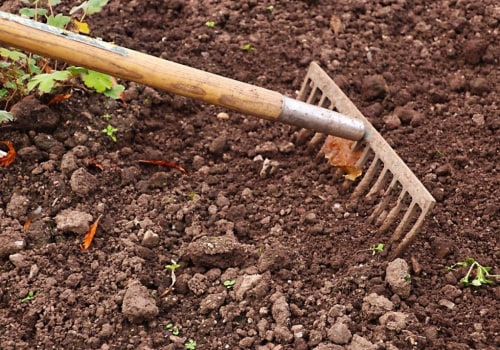
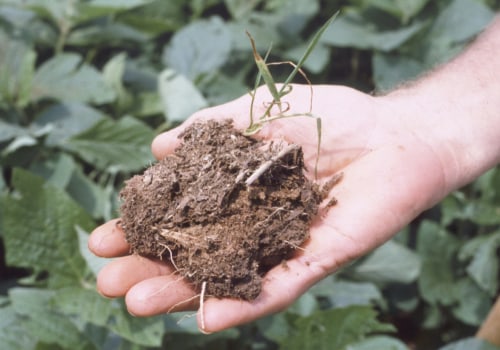
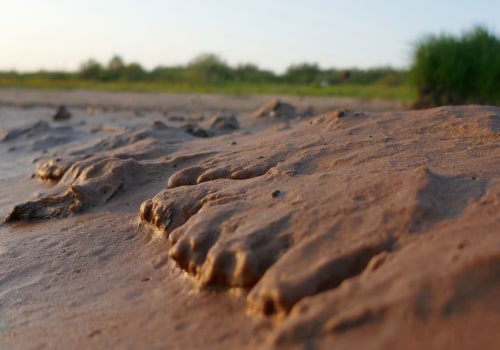
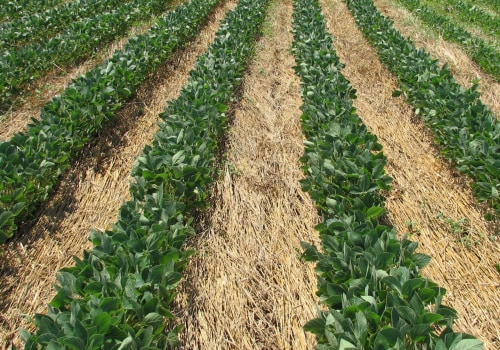
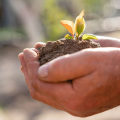
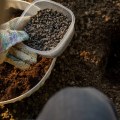
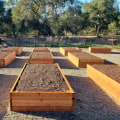
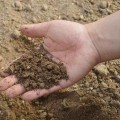
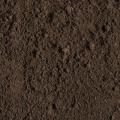
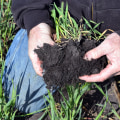
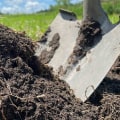
Leave a Comment